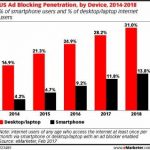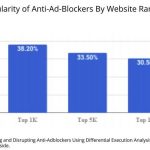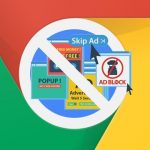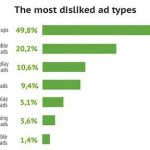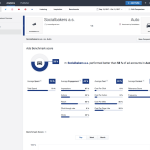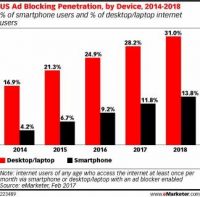Facebook’s Anti-Ad-Blocking Move Signals It’s Time To Get Personal
by Andrea McFarling, Op-Ed Contributor, August 12, 2016
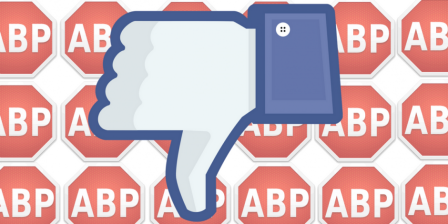
In an age where almost everything has become tailored to personal preferences — from Netflix recommendations to one’s Pandora playlist — consumers not only want personalization from brands, they’ve come to expect it. And Facebook’s announcement this week that the company will bypass ad-blocking software on desktops — instead, displaying ads based on user preference — proves that ads are no exception.
This move from the social giant may sound like a victory for marketers, but consumers will win as well. It may seems at first like a setback for users previously frustrated with receiving unwanted ads, but it actually puts them in control of which ads they do see. Previously, Facebook users could hide individual ads that they were uninterested in or deemed irrelevant. Now, users can change their settings to control the ads they see on a much larger scale, tailoring their ads to the things they care about.
As more and more ad dollars are being spent on Facebook, this should serve as a wake-up call for all advertisers. While ad blockers may now be a thing of the past on the social site’s desktop platform, its users can now more actively choose the ads they see — and they can choose not to see you. What’s more, big moves by Facebook often signal what’s to come, so this update should serve as a good indicator of the future of digital advertising.
For brands, all this means it’s time to get personal.
Our recent national survey of U.S. consumers uncovered that 71% of consumers prefer personalized ads. In fact, consumers are twice as likely to click on an ad for an unfamiliar brand if it’s tailored to their shopping habits and personal preferences. Facebook is nudging advertisers in the right direction, giving them access to an incredible amount of user data that allows for better targeting and increased engagement, while improving the overall user experience.
Brands should use the platform to better understand their audience, but should think beyond Facebook preferences, optimizing the data consumers already share with them. Simple demographic information such as age, name, and address, combined with Facebook engagement data and more advanced data sets like search and purchase history gives brands the ability to build comprehensive user profiles, allowing for better 1:1 targeting and engagement than ever before.
But with great data comes great responsibility. Collecting user data requires transparency about how the information will be used. The value consumers receive when sharing personal information should meet or exceed the benefit of the brand and should change as time goes on.
As we look to move past this era where so much information is being thrown at consumers, marketers need to find a way to cut through the clutter. Personalization is the key — and with Facebook helping pave the way, we’ll certainly see more sites following suit, so it’s time for brands and agencies to get on board.
Here’s to a world free of unwanted advertising!
MediaPost.com: Search Marketing Daily
(17)


